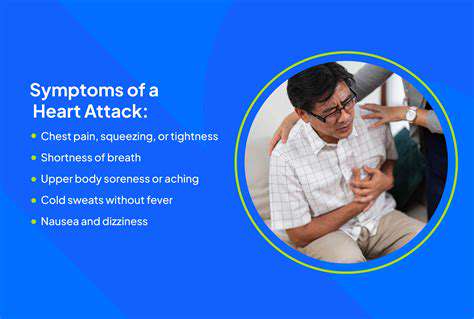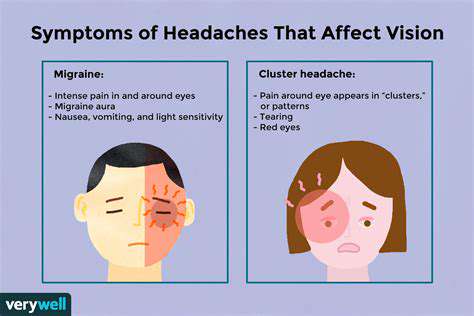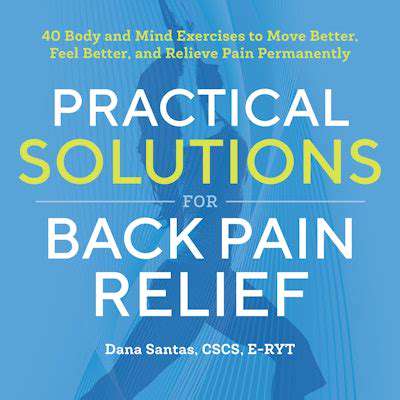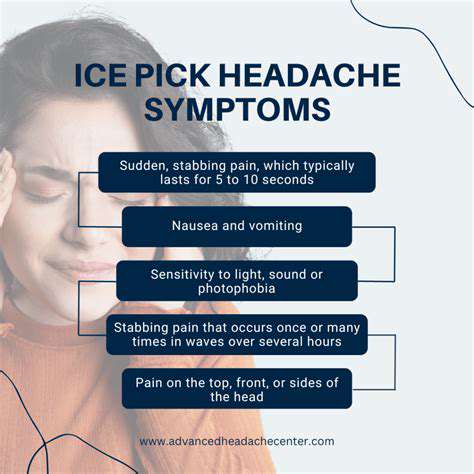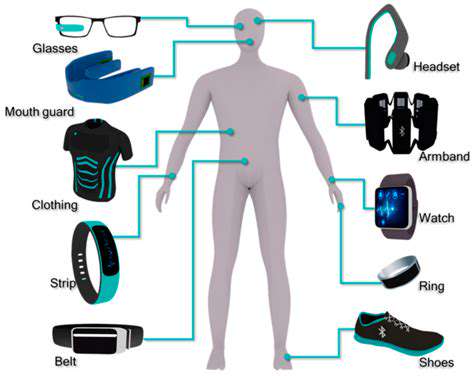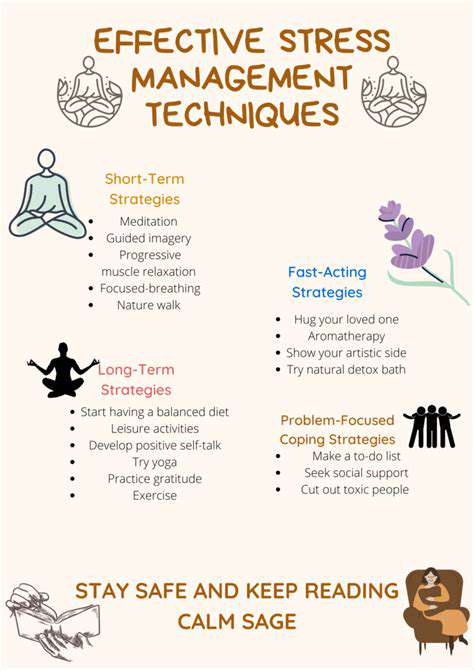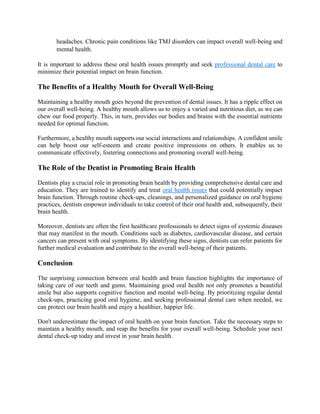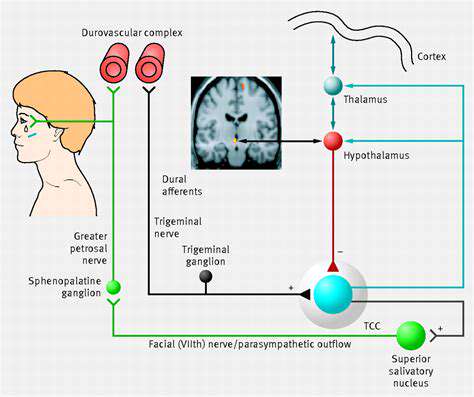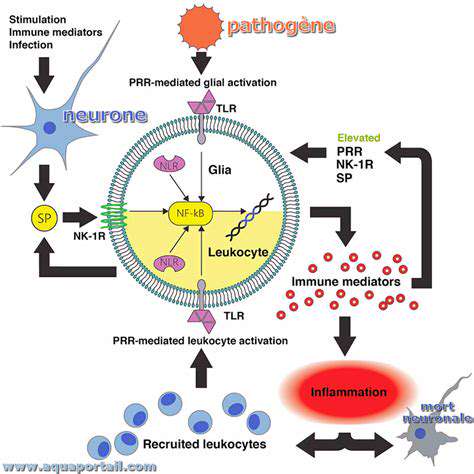Managing Migraine Triggers in Shared Living Spaces
Environmental Factors Triggering Migraines
Understanding the environmental factors that can trigger migraines is crucial for effective management. Exposure to fluctuating light levels, particularly bright or flickering lights, can be a significant migraine trigger for many individuals. This sensitivity to light can be accompanied by a heightened sensitivity to loud noises or sudden changes in sound levels. Recognizing these triggers allows for proactive strategies to minimize their impact.
Environmental temperature changes, whether sudden or prolonged, can also contribute to migraine attacks. A sudden drop in temperature or a rapidly changing room temperature can sometimes be a factor. Furthermore, certain odors, perfumes, or strong smells can also act as migraine triggers, demonstrating the complex interplay between environmental stimuli and migraine susceptibility.
Light Control Strategies
Implementing strategies to control light levels is a key component in managing migraine triggers. Using light-filtering blinds or curtains to reduce exposure to outdoor light can be helpful. Employing dimmable lighting in the home or workspace can allow for personalized adjustment of light intensity, particularly important during periods of sensitivity. Opting for LED lighting, which often has a more consistent and less flickering light output, might also be beneficial.
Consider using specialized eyewear, such as sunglasses with UV protection, to shield your eyes from strong sunlight, especially during peak sun hours. These preventative measures can significantly reduce the risk of light-induced migraine attacks.
Noise Management Techniques
Noise sensitivity is another common migraine trigger, and effective management requires proactive noise reduction strategies. Using earplugs or noise-canceling headphones can significantly reduce exposure to disruptive sounds. Creating quieter spaces within the home or workspace can offer refuge from excessive noise pollution. Sound-absorbing materials, such as rugs or curtains, can also be employed to dampen noise reverberation.
If possible, identify and avoid situations that are particularly noisy or involve sudden loud noises. Understanding personal sensitivities to different types of noise can help in proactively minimizing exposure to potential triggers.
Collaborative Efforts with Healthcare Professionals
A collaborative approach with healthcare professionals is essential in managing migraine triggers. Working with a doctor or neurologist to identify specific triggers, including light and noise sensitivity, is crucial. They can provide personalized recommendations and support in developing effective strategies for managing these triggers.
Regular communication with healthcare providers about the impact of environmental factors on migraine frequency and intensity is vital. This ongoing dialogue can lead to tailored adjustments in treatment plans and proactive strategies to minimize the impact of triggers.
Lifestyle Adjustments for Enhanced Control
Implementing lifestyle adjustments can significantly enhance control over light and noise levels. Prioritizing sleep hygiene, maintaining a consistent sleep schedule, and ensuring adequate rest can help mitigate the impact of environmental stressors on migraine susceptibility. Regular exercise, balanced nutrition, and stress-reducing techniques can also contribute to overall well-being and reduce the likelihood of migraine attacks.
Establishing a calm and organized environment at home and in the workplace can minimize stress and reduce the risk of migraine triggers. Utilizing relaxation techniques, like deep breathing exercises or mindfulness practices, can help manage stress and potentially reduce the impact of environmental triggers.
Creating a Supportive Environment
Creating a supportive and understanding environment is critical for managing migraine triggers. Open communication with family members, friends, and colleagues about migraine triggers and sensitivities can help foster empathy and understanding. This communication can help create a supportive environment where individuals feel comfortable discussing their needs and managing their triggers effectively.
Encouraging the use of noise-canceling headphones or other accommodations in shared spaces can promote inclusivity and respect for individuals' needs. This supportive environment can greatly reduce stress and improve overall well-being for those with migraines.


